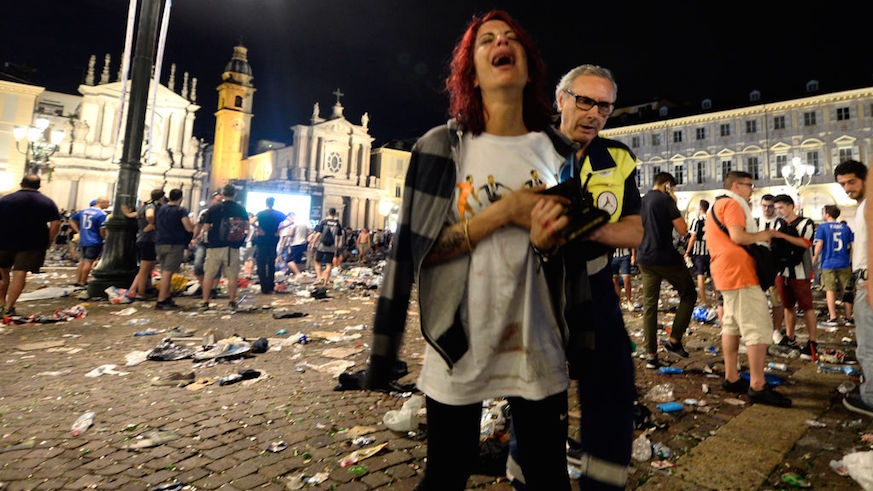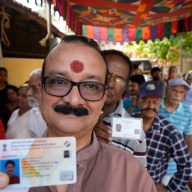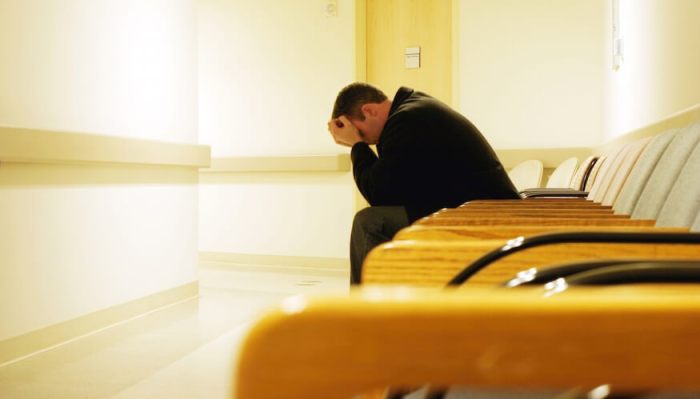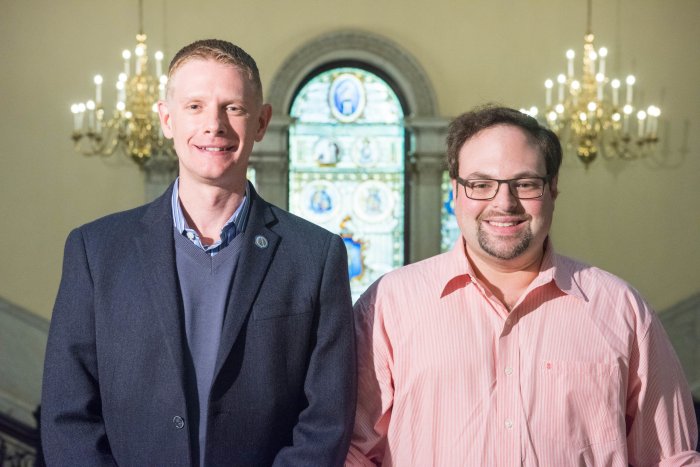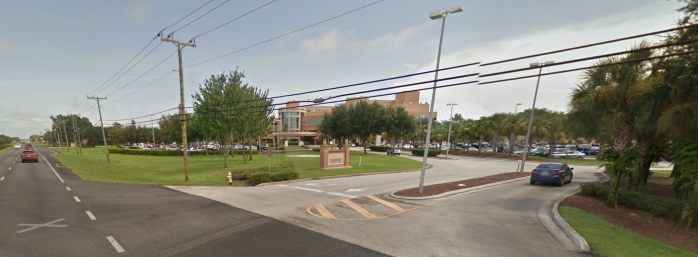Last August a panicked stampede sent bags flying as travelers fled after they heard there was an active shooter at JFK Airport.
In April, rush-hour commuters ran from New York City’s Penn Station in fear for their lives after a Taser was mistaken for gunshots in a crowded waiting area.
Following the massacre of 89 people at the Bataclan Theater in Paris in November 2015, a vigil erupted into a panic after someone set off firecrackers.
And on Saturday, as a terror attack was ongoing that ultimately left seven dead in London, more than 1,400 people were injured in Turin, Italy after loud noise later determined to be fireworks sparked a stampede in a crowded city square where people had gathered to watch a screening of the Juventus soccer match.
Each of these instances can be traced back to what Dr. Steven Rosenberg calls “terrorphobia.”
“This is the type of fear where people fear going out places because they see nightclubs getting blown up or shot up, people dying,” Rosenberg said. “Basically it’s the feeling that there’s going to be something happening when you go and attend something public, or it’s the waiting for some terrorist action to happen and watching the news constantly to monitor.”
The prevalence of anxiety disorders is on the rise in the western world. Affecting 18 percent of the U.S. population, anxiety disorders are the most common mental illness in the U.S. as well as in Europe and Rosenberg said that can be traced back to the uncertainty of today’s world.
Along with genetics, brain chemistry and personality, a major trigger for anxiety disorders is life events, according to the Anxiety and Depression Association of America. Rosenberg said he believes over exposure to terrorist attacks in recent years directly correlates with the epidemic of panic and anxiety disorders.
In 2017 alone there have been 535 terrorist attacks with 3,635 fatalities across the globe. The most recent and reported on attacks being the London Bridge and Borough Market, which claimed seven lives. One week before 23 were killed when a suicide bomber attacked an Ariana Grande concert in Manchester.
“People see this, read about it, see it and then get themselves involved in it, look at it on their phones, watch it on television and get very, very fearful of it,” Rosenberg said. “It could happen anywhere, is their thought — while walking down their city street.”
It’s this constant fear that causes people to panic and events like the recent stampedes to occur in public spaces, Rosenberg said.
Unless people can learn to deal with their anxiety, Rosenberg said panic is likely to continue.
The fact that Americans are far more likely to die in a car crash than at the hands of a terrorist might not calm most a terrorphobe’s mind, but Rosenberg said the best thing to do is take to a break from the news, maintain your usual routines and try to accept uncertainty in the world.
“And you’ve got to be looking at the fact that fear is in many cases not real. The acronym for fear is ‘False Events Appear Real,’ because in your mind you think it’s going to happen in own hometown — it’s not a real event, but it appears real when you begin talking about it and feeding into it,” he said.
How to manage “terrorphobia”
Dr. Rosenberg advised the following steps:
• Limit news consumption — constant exposure to negative world events inspires negative thinking.
• Stick to your routine — Don’t stop going to theaters or concerts just because an atrocity occurred in a similar setting.
• Learn to accept uncertainty — We live in an uncertain world.
• When panic sets in breathe in deeply through your nose and release the breathe slowly out your mouth as you count down from 5 — panic occurs when your brain doesn’t get enough oxygen.

